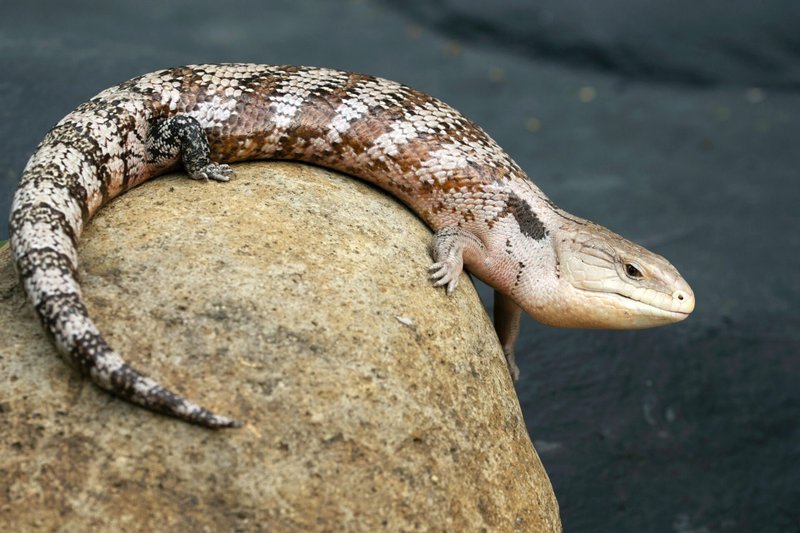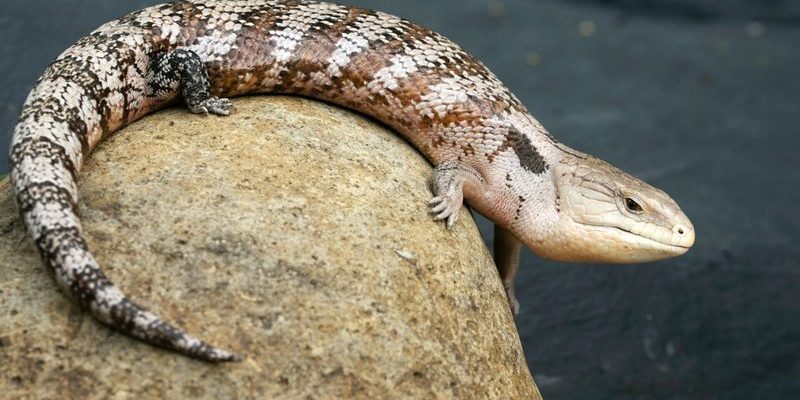
When you think about where these little guys hang out, it’s quite impressive. Skinks are found on almost every continent, adapting to a variety of habitats. It’s like they have a travel guide for every climate, from tropical rainforests to dry deserts. So, let’s uncover the numerous places where skinks make their homes and discover what makes each of these spots unique for these charming reptiles.
Skinks in North America
In North America, skinks primarily inhabit regions ranging from the southeastern states to the western areas. The most commonly spotted skink here is the Eastern Skink (Plestiodon laticeps). You can usually find them in environments like forests, grasslands, and even around human homes. They’re quite adaptable and often take refuge under rocks or leaf litter.
Have you ever spotted a little skink darting across a sunny rock? They’re quick and agile, which helps them escape predators. Skinks in North America are often recognized by their shiny scales and vibrant colors, especially during the breeding season when males showcase their bright blue tails. It’s a true spectacle of nature!
Interestingly, the Western Skink (Plestiodon skiltonianus) has a very different habitat preference, thriving in coastal areas and hillsides. These skinks are not shy about making themselves known, and some even venture into gardens, making them a delight for those who enjoy watching wildlife.
Skinks in Central and South America
Central and South America are home to a stunning diversity of skinks. One particularly noteworthy type is the Tropical Skink (Mabuya spp.), which thrives in the lush jungles of the Amazon rainforest. The vibrant colors and patterns of these skinks are nothing short of breathtaking; they somehow blend in with the colorful surroundings while also standing out.
In these warm climates, skinks enjoy a variety of habitats, including forests, grasslands, and even scrublands. They tend to be more secretive than their North American counterparts, often hiding among the dense foliage. This behavior not only provides protection from predators but also keeps them cool in the tropical heat.
You might be wondering how skinks deal with the moisture in these environments. Well, with their smooth scales, they can easily adapt to the humid climate, allowing them to thrive in areas with frequent rainfall. It’s a remarkable survival skill that shows just how versatile these reptiles can be.
Skinks in Europe
Moving over to Europe, Common Skinks (Eumeces spp.) are often spotted in a variety of habitats, ranging from the sunny Mediterranean coasts to the cooler forests in the northern regions. They have a special affinity for warm, sunny places, and you might find them basking on rocks or sunlit paths.
Interestingly, the Iberian Skink (Chalcides bedriagae) is a unique European skink that’s mostly found on the Iberian Peninsula and has adapted well to living in urban areas. Isn’t it fascinating how these reptiles can coexist with humans? They can often be seen scurrying across garden paths or lounging in flowerbeds, soaking up the sun.
In Europe, skinks are generally less colorful than those found in tropical regions, but their subtle beauty is enchanting. Their camouflage helps them avoid predators while blending into the natural landscape. You’ll often find them among leaf litter or in rocky crevices, making them a bit of a hidden gem in the European wildlife scene.
Skinks in Africa
Africa boasts an impressive array of skink species, with a significant number found in sub-Saharan regions. The African Skink (Mabuya dorsivittata) is a great example, thriving in varied habitats from savannas to moist forests. These skinks are often recognized by their distinctive stripes and patterns, which help them stay camouflaged in the grasslands.
One striking feature of African skinks is their adaptability. You can find them not just hidden away in the wilderness but also in urban areas where they scurry about looking for insects and other small prey. Their ability to thrive in both wild and urban settings shows just how resourceful these reptiles can be.
In addition to this, some skinks in Africa have developed fascinating behaviors to cope with their environment. For example, the Giant Skink (Scincus spp.) burrows underground to escape the harsh heat of the day, which is quite a clever trick when you think about it. It’s a wonderful reminder of nature’s ingenuity.
Skinks in Asia and the Pacific
As we venture into Asia and the Pacific, the diversity of skinks becomes even more pronounced. Places like the Philippines and Australia are teeming with unique species. The Blue-Tongue Skink (Tiliqua spp.), found in Australia, is a crowd favorite due to its vivid blue tongue, which it displays as a warning to predators. This “flashing” tactic is a colorful way to say, “Back off!”
In Southeast Asia, skinks tend to prefer humid, forested areas. The Sunda Skink (Brachymeles spp.) often hides under leaves, and it’s not uncommon to see them skimming through the forest floor. Their streamlined bodies make navigation in dense underbrush a breeze.
In the Pacific islands, like Fiji and Tonga, you’ll find skinks that have adapted to the unique island ecosystems. Their ability to thrive in such isolated environments highlights how these reptiles can adapt and survive in various climates and geological formations.
Skinks in Urban Areas
You might be surprised to learn that many skinks don’t mind living close to humans. In fact, urban and suburban areas can provide many resources for skinks—think of all those gardens and neatly trimmed lawns buzzing with insects. Common Skinks, for instance, often find their way into backyards, delighting homeowners with their quick movements and shiny scales.
Gardens often serve as a mini habitat where skinks can hunt for insects and avoid predators. If you’ve seen one sneak through the foliage, you know they’re pretty quick and elusive. In city parks or even on roadside embankments, these clever skinks find ways to survive and thrive, making them a part of the urban ecosystem.
Moreover, some species have even become accustomed to human presence, showing that they can be quite sociable, in a reptilian way! If you pay attention during a sunny day, you might catch a glimpse of one peeking from behind a garden rock—a little reminder of nature’s resilience.
Skinks are truly fascinating creatures adapted to a variety of environments around the globe. From the sunny lawns of North America to the lush jungles of South America and the bustling urban settings of Europe, their adaptability is impressive. Each skink species has its unique charm, making them an essential part of the ecosystems they inhabit.
Understanding where skinks are found helps us appreciate their role in nature. Next time you’re outdoors—perhaps in your garden or a nearby park—keep an eye out for these quick little reptiles. They might just be the remarkable reptiles lurking right under your nose, showcasing the beauty of biodiversity. And who knows? Perhaps you’ll spot one basking in the sunlight, reminding you just how special our planet’s wildlife truly is.

